SELECTIONS
SUMMER 2023
3 u REDUCING METHANE EMISSIONS
6 u D&D DAIRY’S GENETIC STRATEGY

8 u B x D RESEARCH TRIAL RESULTS
10 u LEVERAGING CALF WELLNESS TRAITS

3 u REDUCING METHANE EMISSIONS
6 u D&D DAIRY’S GENETIC STRATEGY

8 u B x D RESEARCH TRIAL RESULTS
10 u LEVERAGING CALF WELLNESS TRAITS

The dairy economy is cyclical, and the ups and downs can make a dairy producer seasick. During times of uneasiness, it’s important to keep your eyes on the horizon – remain steadfast in your goals. Select Sires exists to serve you, our farmer-owners, and provide support with the tools and solutions needed to achieve your goals. Whether it’s creating new profit streams, finding opportunities to increase product value or driving genetic progress, Select Sires is equipped with the best people, programs and genetics.
Before I share a preview of this edition of Selections, I’d like to provide an update about Early Onset Muscle Weakness Syndrome, also known as calf recumbency. Since the official announcement of this condition in April, Select Sires has been completely transparent by sharing all calf recumbency test results. This information is important when managing genetic decisions and while there is not a national database for this information, you can find test results for Select Sires, GenerVations and Accelerated Genetics sires at www.selectsires.com/recumbency-results. Research, herd features, genetic reviews and more...
There is a wide variety of articles in this edition of Selections. The magazine kicks off with a validation case study comparing greenhouse gas emissions at different culling rates. Chuck Sattler, vice president of genetic programs for Select Sires Inc., teamed up with Colin Beal, Ph.D., chief sustainability officer for Select Sires Inc., to research and perform calculations based on data from real dairy herds in the U.S. Learn more about how genetics play a role in this study beginning on page 3.
Continue reading to hear from a fellow dairyman who is placing heavy emphasis on Herd Health Profit Dollars™ (HHP$™) in mating decisions. Dean Smith of D&D Dairy is seeing the positive influence of HHP$ firsthand in the quartile analysis reviews, the barn and the bulk tank.
On the topic of health and wellness, turn to page 10 to review Zoetis’ Calf Wellness Index™ (CW$™) and compare one Wisconsin herd’s genetic strategy with calf health records.
On the ProfitSOURCE® front, we have exciting results from a recent research project. Traceability has been a pillar of ProfitSOURCE since it was introduced and the data collected from those efforts is now paying off. ProfitSOURCE cattle in this trial earned an average $200 more per head. Read the results on pages 8 and 9. You can also tune into an exclusive interview with our ProfitSOURCE team by scanning the QR code.

As your farmer-owned cooperative, Select Sires continues to pioneer innovative and novel ways to add value to your dairy and beef operations. For more information about opportunities or resources, contact your local Select Sires representative. u
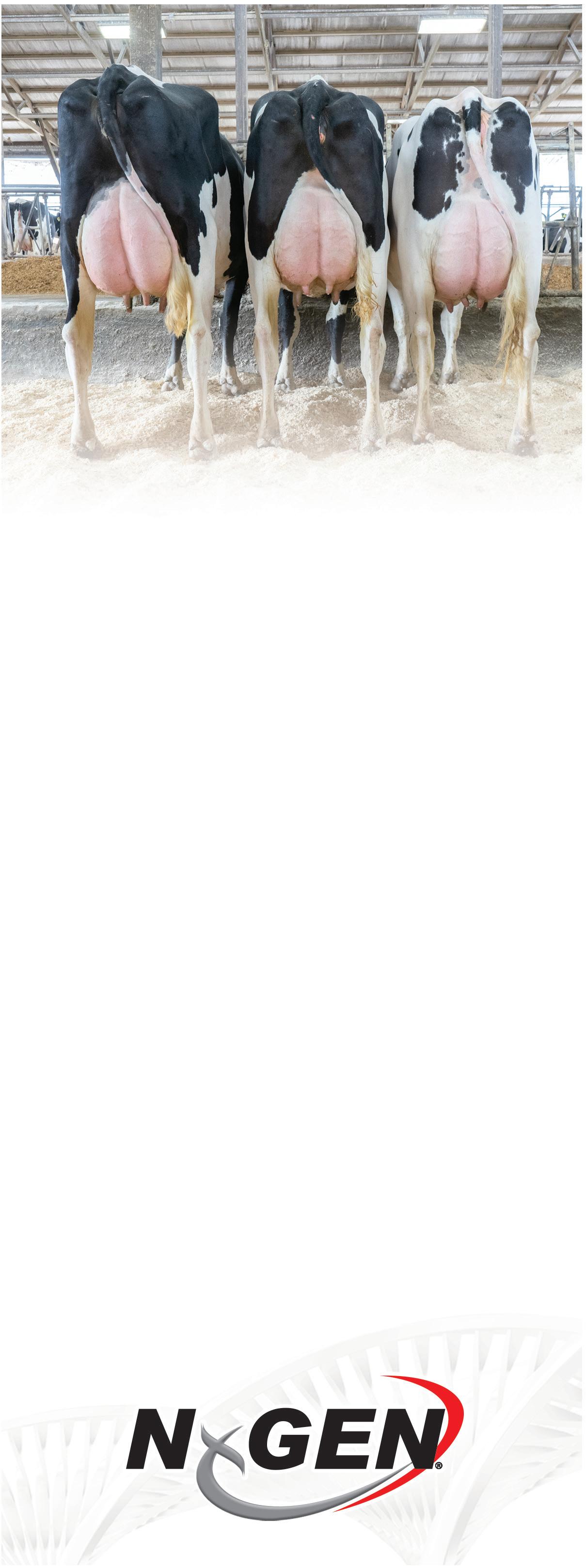
“We joined the NxGEN program because we wanted better genetics faster, and to use the absolute best genetics to move our herd forward.”
- Jarrod Kollwelter, JC-Kow Farms LLC, Whitewater, WI.
“NxGEN has been a very beneficial tool for our genetic program. The early access to the most elite genetics in the industry has allowed us to improve our herd’s genetic base.”
- Ryan Matheron, Hilmar Holsteins, Hilmar, CA.
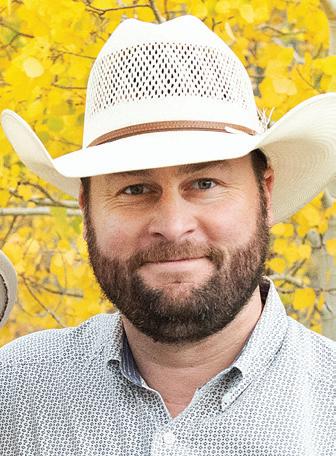 Colin Beal, Ph.D., Chief Sustainability Officer, Select Sires Inc. Chuck Sattler, Vice President of Genetic Programs, Select Sires Inc.
Colin Beal, Ph.D., Chief Sustainability Officer, Select Sires Inc. Chuck Sattler, Vice President of Genetic Programs, Select Sires Inc.

News outlets are bloated with environmental concerns. Phrases like “cow burps” generate buzz and drive consumers to be curious about where their food comes from and how it is produced. There’s a steady flow of new products on the market and flashy research regarding greenhouse gas (GHG) emissions, but it can be challenging to differentiate fads from facts. Before adopting something new, there’s merit in reviewing your standing protocols to see if you’re already making strides in emissions reduction. Sometimes, there’s a solution right in front of us.
Government officials and industry organizations have identified methane emissions from cattle operations as a priority in our country’s effort to reduce GHG in the atmosphere. Early efforts have included construction of methane digesters and capturing methane from manure storage facilities. These efforts are significant but only address a portion of a dairy farm’s overall GHG emissions. Depending on the animal housing environment and manure management practices, manure methane emissions can contribute anywhere from 5-50% of a dairy’s GHG emissions.
The remaining emissions come from manure nitrous oxide, on-farm fuel combustion, upstream emissions associated with producing operating inputs (i.e., feed, fuels, etc.), and last but not least, directly from the cow in what is referred to as enteric methane emissions.
Enteric methane is produced by the fermentation process in a cow’s rumen and digestive tract. This is the next frontier in reducing GHG emissions from dairy farms and an area that’s beginning to receive a lot of attention.
However, reducing enteric methane emissions is tricky. A cow’s ability to extract nutrients from feed inedible to humans is what makes her special. Efforts to lower enteric methane emissions that reduce rumen function, decrease productivity, or hamper the ability of the cow to upcycle feed ingredients result in challenging tradeoffs between economic and environmental objectives. Alternatively, high performance genetics can provide dual economic and environmental benefits.
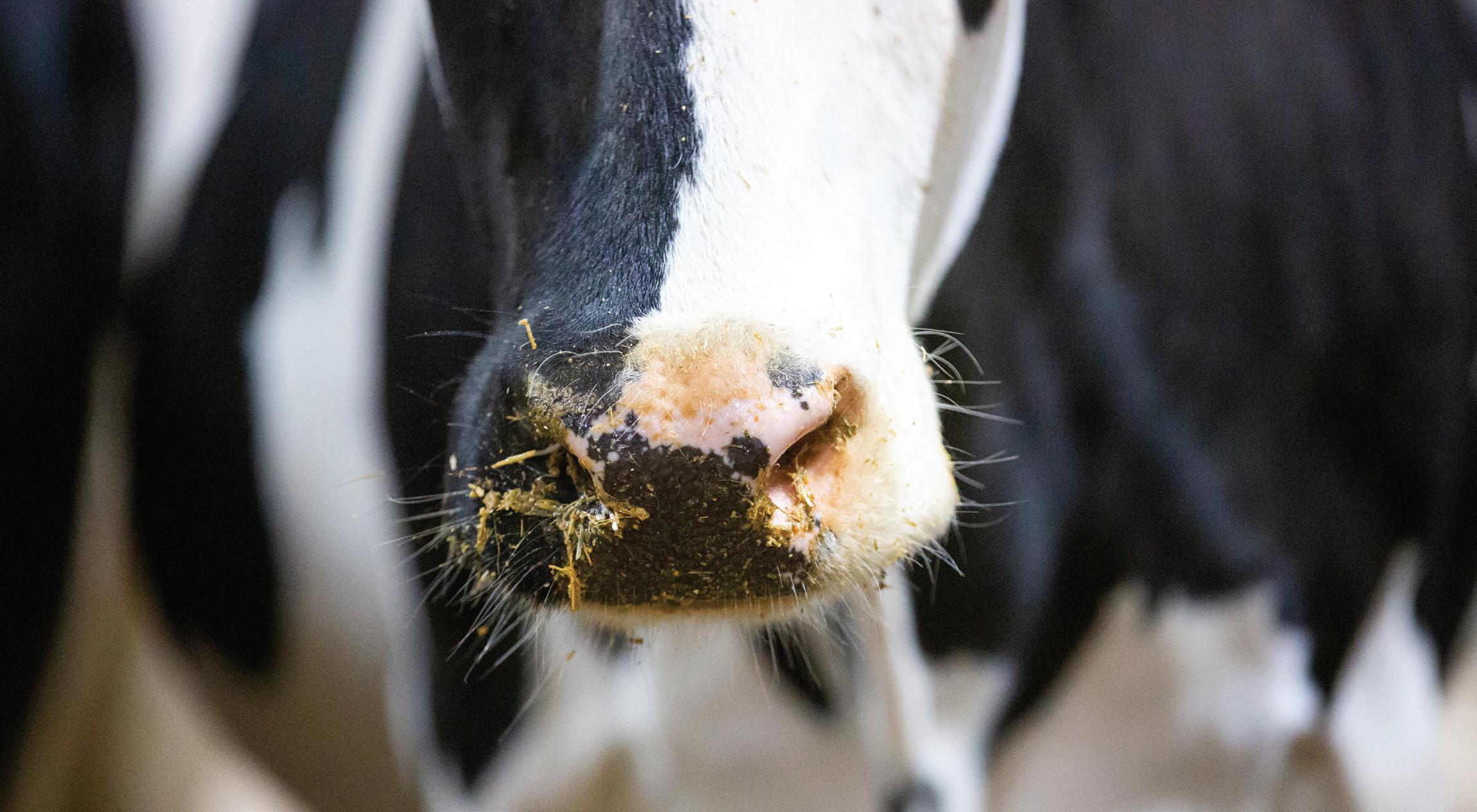
COULD YOUR CULLING STRATEGY REDUCE METHANE EMISSIONS? continued...
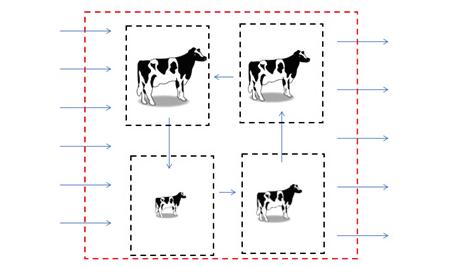
As shown in Table 1, a reduced cull rate lowers the total number of cows and heifers at the dairy and shifts the demographics to include more cows that are third lactation and greater. Because the older cows are more productive, the total energycorrected milk (ECM) yield of the dairy is about 1% greater for the reduced cull rate herd, and the enteric methane emissions are reduced due to having fewer animals in the system (Table 2). By combining these impacts, the Enteric Methane GHG Intensity is reduced by 3.1% and Total GHG Intensity is reduced by 4.2% for the herd with a reduced cull rate.
CO2e: Molecules of each GHG cause different amounts of warming when they are in our atmosphere. To account for this, we use units of carbon dioxide equivalent (CO2e) to normalize the Global Warming Potential (GWP) of each GHG, such as CO2 (1), CH4 (27), and N2O (273). Said differently, emitting 1 ton of CH4 is equivalent to emitting 27 tons of CO2.
Corral Total GHG Emissions, Not Allocated (tons CO2e/yr)
Heifer Calf Ranch Enteric Methane GHG Intensity, Not Allocated (lb CO2e/lb ECM)
Table 2: Methane emissions, total GHG emissions, methane intensity and total GHG intensity for two herds with 37% and 30% culling rates, respectively. Emissions are not allocated among output products.
Total GHG Intensity, Not Allocated (lb CO2e/lb ECM) Herd 1 151,939 11,680 22,303 0.421 0.804 Herd 2 153,652 11,442 21,982 0.408 0.770 Difference +1,713 -238 -704 -3.1% -4.2%
Due to a lower culling rate and longer productive life, Herd 2 raises fewer replacements and has more mature cows. This means fewer nonlactating animals eating feed and producing methane. These differences may look small but throughout one year this 2,000-cow herd would reduce enteric methane emissions by almost 238 tons of methane when measured on a CO2 equivalent basis.
Herd 2 also has a higher percentage of the milking herd producing at mature levels of production. This leads to higher production coupled with reduced enteric methane emissions – a win/win situation that results in a 4.2% reduction in methane emission intensity for the herd.
There are other economic advantages to raising fewer replacements that are frequently discussed, including lower feed costs and the ability to capture more value with crossbred beef calves. But the benefits in reduced enteric methane emissions may not be as obvious or frequently discussed.
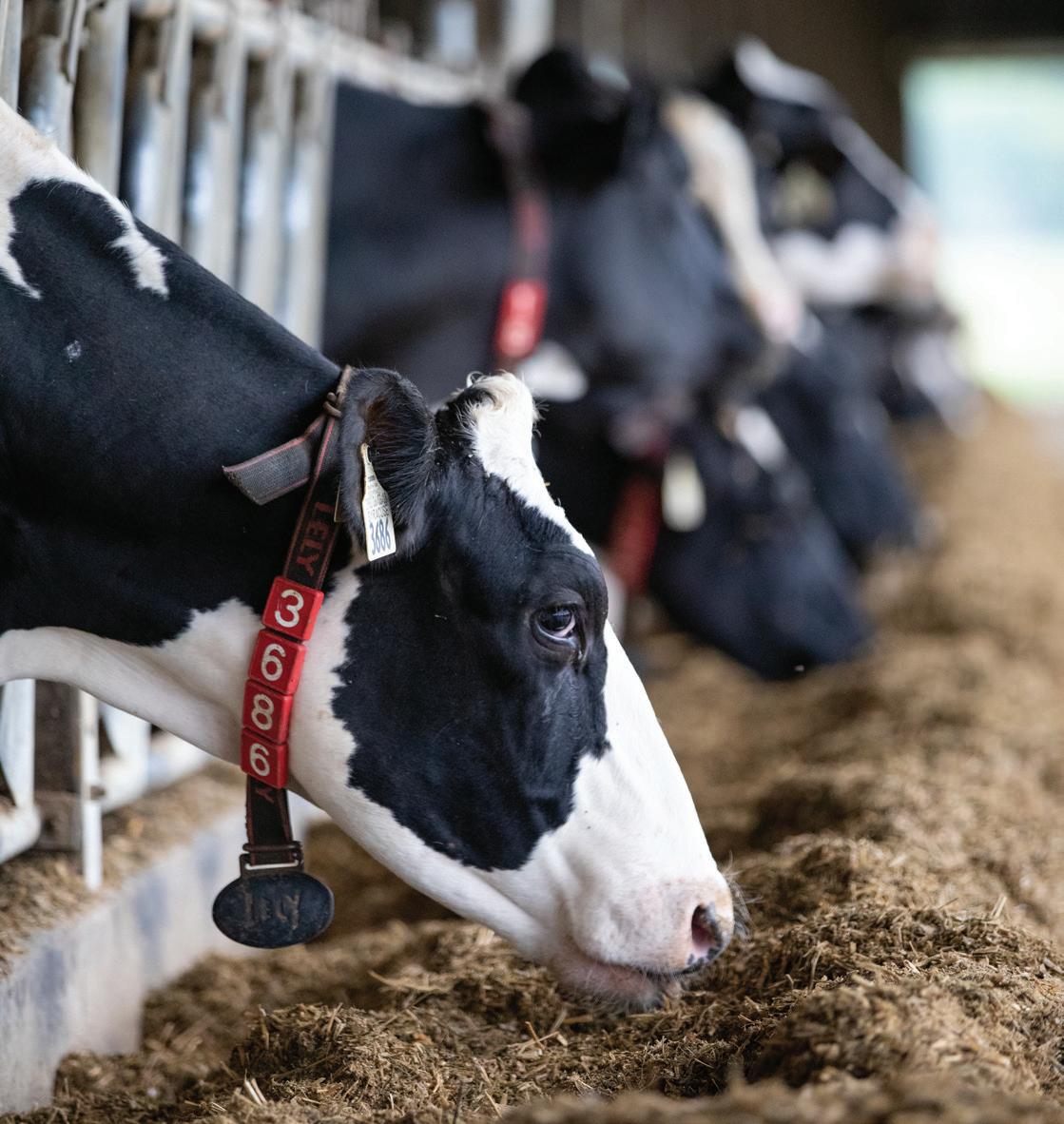
There are tradeoffs when you consider managing a herd of older cows. Aged cows tend to have higher prevalence of health issues like mastitis, lameness and lower pregnancy rates. It is paramount that herds adopt a genetic strategy that emphasizes traits like mastitis resistance, lameness resistance and fertility. Using indexes like Herd Health Profit Dollars™ (HHP$™) and Dairy Wellness Profit Index® (DWP$®) will help generate cows that are less prone to these older cow issues and continue to be profitable producers later in life.
Strategies for reducing enteric methane emissions are popular topics on dairy farms today. Reduced culling provides a meaningful and verifiable way to reduce methane emissions while improving productivity. It’s a strategy that doesn’t require additional investment and deserves consideration. Recognition of this strategy as a means to reduce emissions can extend the dairy industry’s successful, decades-long track record of reducing the environmental footprint of food production. u
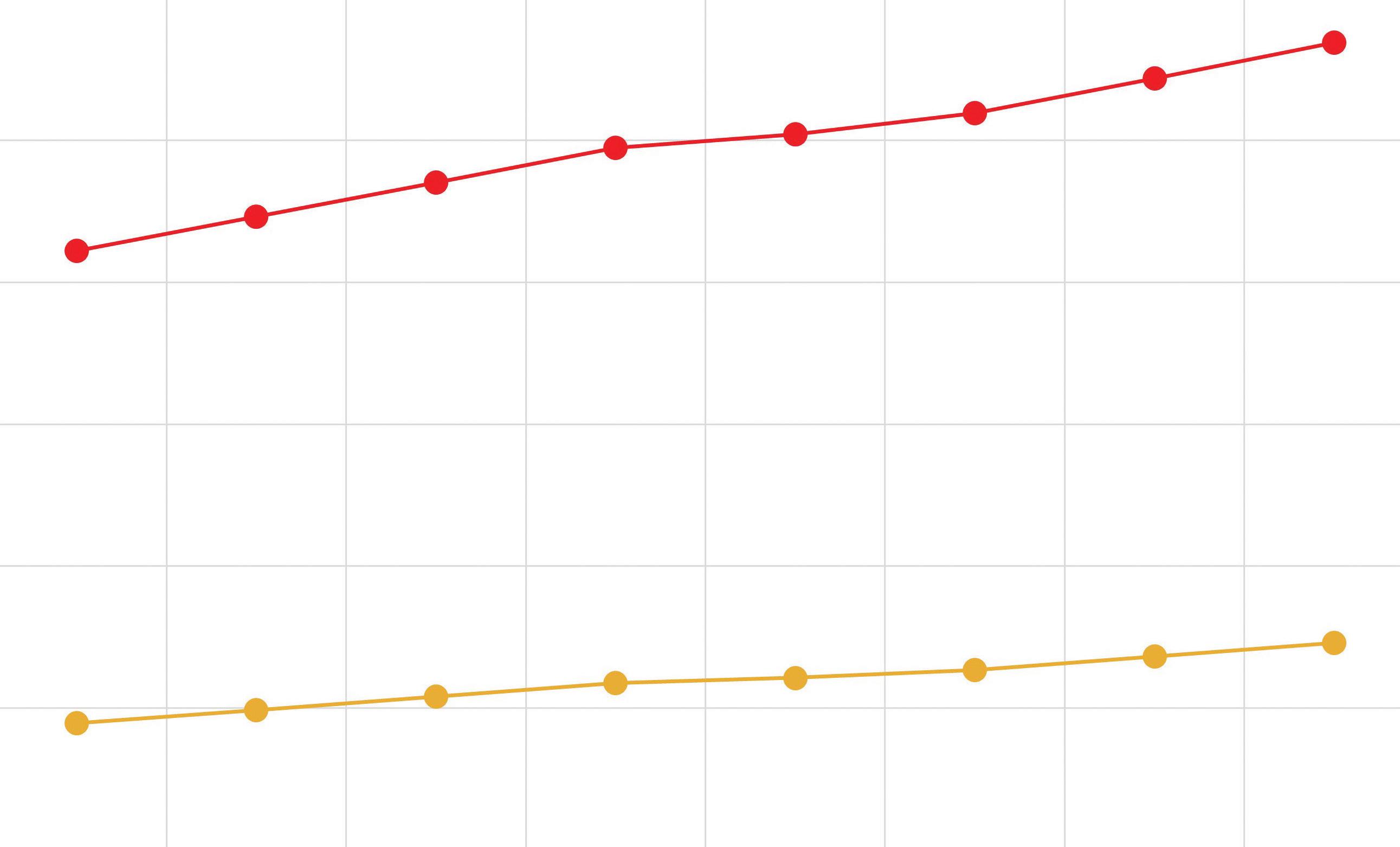
Location, water, arable land and labor have become common, relatable limitations for dairies throughout the U.S. These limitations inhibit growth, which is often a strategy to boost profitability. For dairies that don’t have the resources to add cow numbers, what is the best approach? Can dairies limited by growth remain competitive in today’s dairy industry?
My answer is a resounding “absolutely!” and the strategy is simple: “make every cow count.”
We are all familiar with efficiency. Webster’s Dictionary defines efficient as “capable of producing desired results with little or no waste (as of time or materials).” For D&D Dairy in Rushford, Minnesota, efficiency means mating, selecting, raising and milking only the best cows. Dean Smith, owner of D&D Dairy, deploys an aggressive breeding strategy to ensure that every heifer they raise and every cow that walks through their parlor maximizes her genetic potential and garners a healthy return on investment. Inventory management is key
D&D milks 1,500 cows on two sites in the southeastern corner of Minnesota. Their strategy fixates on each individual cow and is developed and implemented by their Select Sires team.
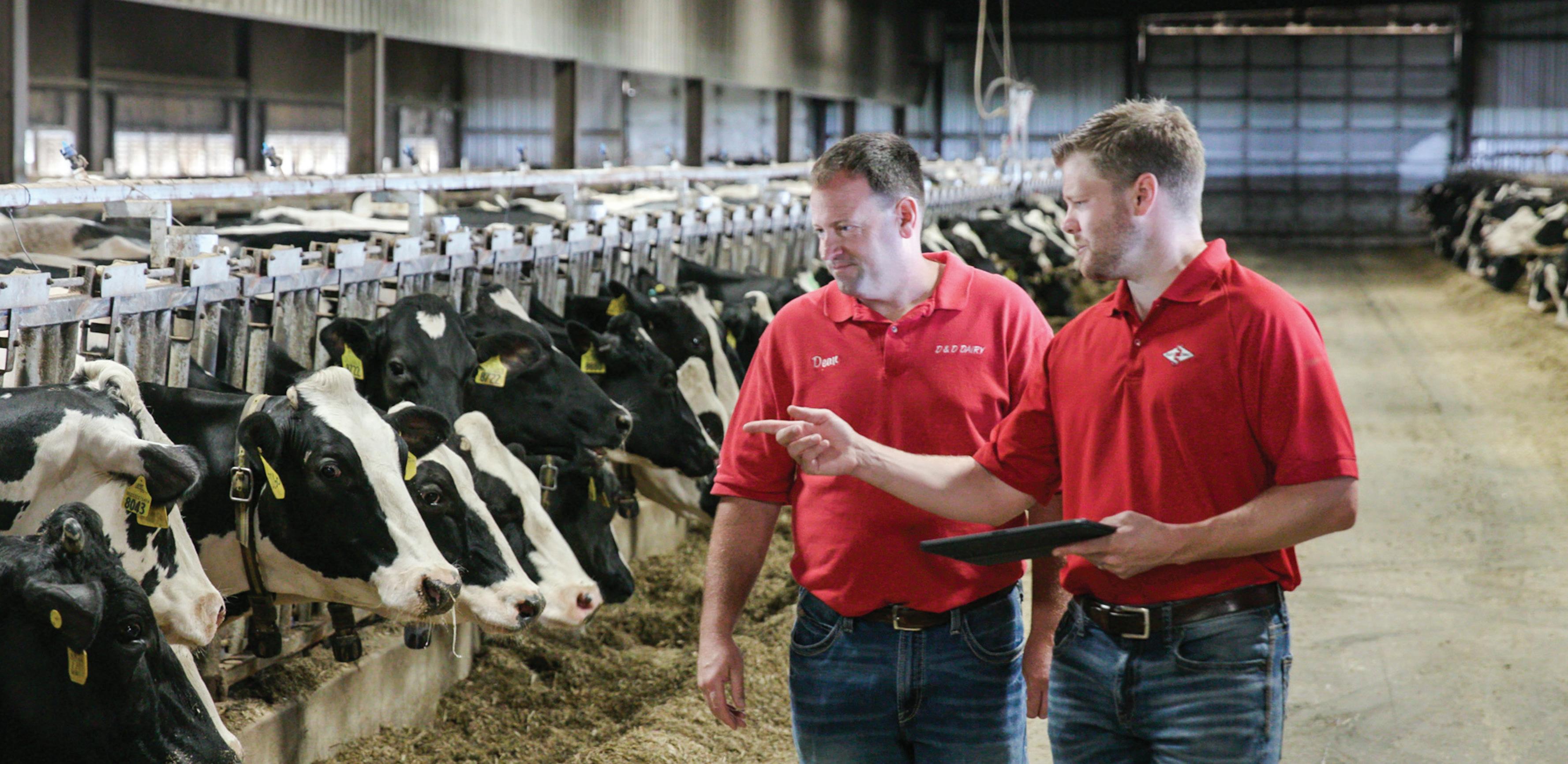

Select Sires’ proprietary inventory calculators combined with genomic data are used to determine the optimum number of replacements and then cows and heifers are assigned with NxGEN®, sexed or beef semen.
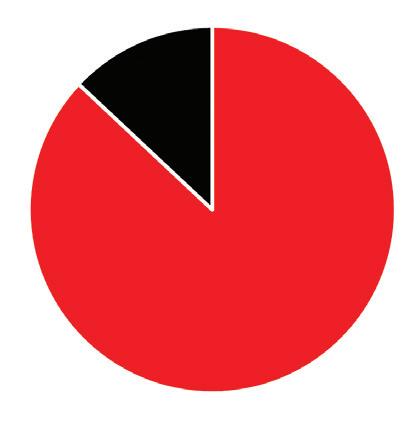
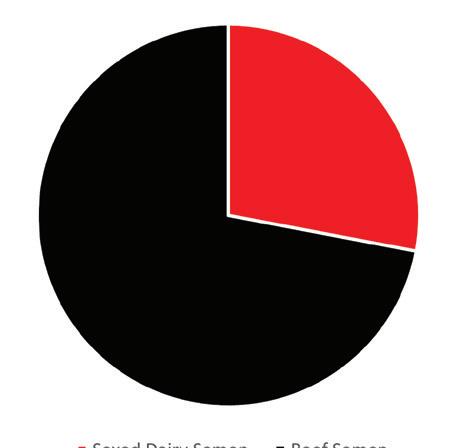
By genomic testing all calves at birth and culling low merit animals, D&D doesn’t waste any extra dollars raising unneeded heifers or low performing cows. They previously ranked cows using NM$ values but are pivoting their process to be more precise. With Zoetis CLARIFIDE® Plus test results, they have begun to monitor individual and herd trends for Zoetis Lameness, Mastitis and Twinning rates. They also plan to utilize genomic results to rank the milking herd by the Herd Health Profit Dollars™ (HHP$™) index.
Regardless of lactation number, highest ranking females are assigned sexed NxGEN semen. Cows are then individually mated by Genetic Consultant Kim DeFrang with the Select Mating Service® (SMS®) program. D&D Dairy’s inventory and breeding strategy has also created a lucrative opportunity to market high-quality beef x dairy ProfitSOURCE® calves.
Maximizing outputs by opening new revenue streams
Dean Smith is passionate about calf health. He has seen firsthand how the proper calves. The operation has a top-notch program that promotes calf vaccinations, quality “Every calf gets treated the same – Holstein heifer or beef x dairy calf,” says Smith. They began assigning beef semen to problem cows in 2008. At the time, Smith and still earn some return on investment. As an early adopter, D&D has had time right genetics. Today, they use exclusively TD Beef semen from the ProfitSOURCE the ProfitSOURCE program, the very best beef sires as well to create the most valuable
With two facilities and limited parlor capacity, D&D has experienced the importance of mastitis resistant cows. Their mission is to create resilient cows with excellent udder health traits. To carry out this mission, sires are first selected based on their HHP$ rank and then consideration is made for strength, medium stature, legs side view, rear teat placement and teat length. Because HHP$ prioritizes Combined Fat and Protein, Somatic Cell Score, mastitis resistance traits and fertility, the herd is leaning into this index to select sires and sort females. Herd performance like no other
D&D’s focus on making every cow count is working and they are creating extremely elite, healthy and efficient cows. The herd’s top cows are sired by 14HO13925 MAJESTIC, 7HO14578 FOXCATCHER, 14HO14905 STAR, 7HO14264 SPEEDY and 7HO14454 LIONEL. Daughters from each of these sires have achieved Energy Corrected Milk (ECM) records above 160, with a MAJESTIC daughter boasting 210 ECM.
In addition to impressive ECM records, component yields are outstanding for this herd. And while their inventory and culling strategy is shifting the herd to a greater percentage of older cows, their bottom line benefits from greater components and higher ECM. To lessen the treatment and veterinary costs that often accompany older cows, D&D is proactively focusing on health and wellness genetics.
D&D Dairy is limited by growth; they don’t have the available land to add more cows so their strategy emphasizes quality. Using tools, services and elite genetics from Select Sires has advanced their herd. To remain competitive and boost profitability, they are building a herd of healthy, fertile cows that efficiently produce large volumes of fat and protein. With the help of their Select Sires team and on-farm crew, they are able to hone in on each individual animal to “make every cow count.” u
proper treatment of pregnant cows leads to successful calvings and healthy quality colostrum and calf comfort, for both dairy calves and beef x dairy calves. Smith.
Smith believed this was an ideal strategy to eliminate poor genetics from the herd to fine-tune their program, recognize the value in calf care protocols and use the ProfitSOURCE beef x dairy program. Not only are they using elite dairy genetics but through valuable beef x dairy calves possible. Learn more about ProfitSOURCE on page 8.
Cows are the ultimate athletes –select the best genetics for your team. Today’s progressive dairies need healthy, fit, agile and powerful cows that are productive and long-lasting. Select Sires’ Herd Health Profit Dollars™ (HHP$™) index includes the health, fitness and conformation traits that are a slam dunk to create MVPs in your herd. Don’t commit a foul, put the right cows on your team and make longevity your legacy with the HHP$ index.


Traceability has always been a key component of ProfitSOURCE. Data collected via traceability efforts provide insights on growth, sire identification and performance that help tailor genetics and sire selection to complement each system. Harvest data, combined with traceability records, has benchmarked ProfitSOURCE cattle well above unknown beef x dairy and native beef genetics. This commercial performance data has been outstanding, but Select Sires wanted to take a deeper dive to see how ProfitSOURCE cattle performed against other program-type beef x dairy cattle.
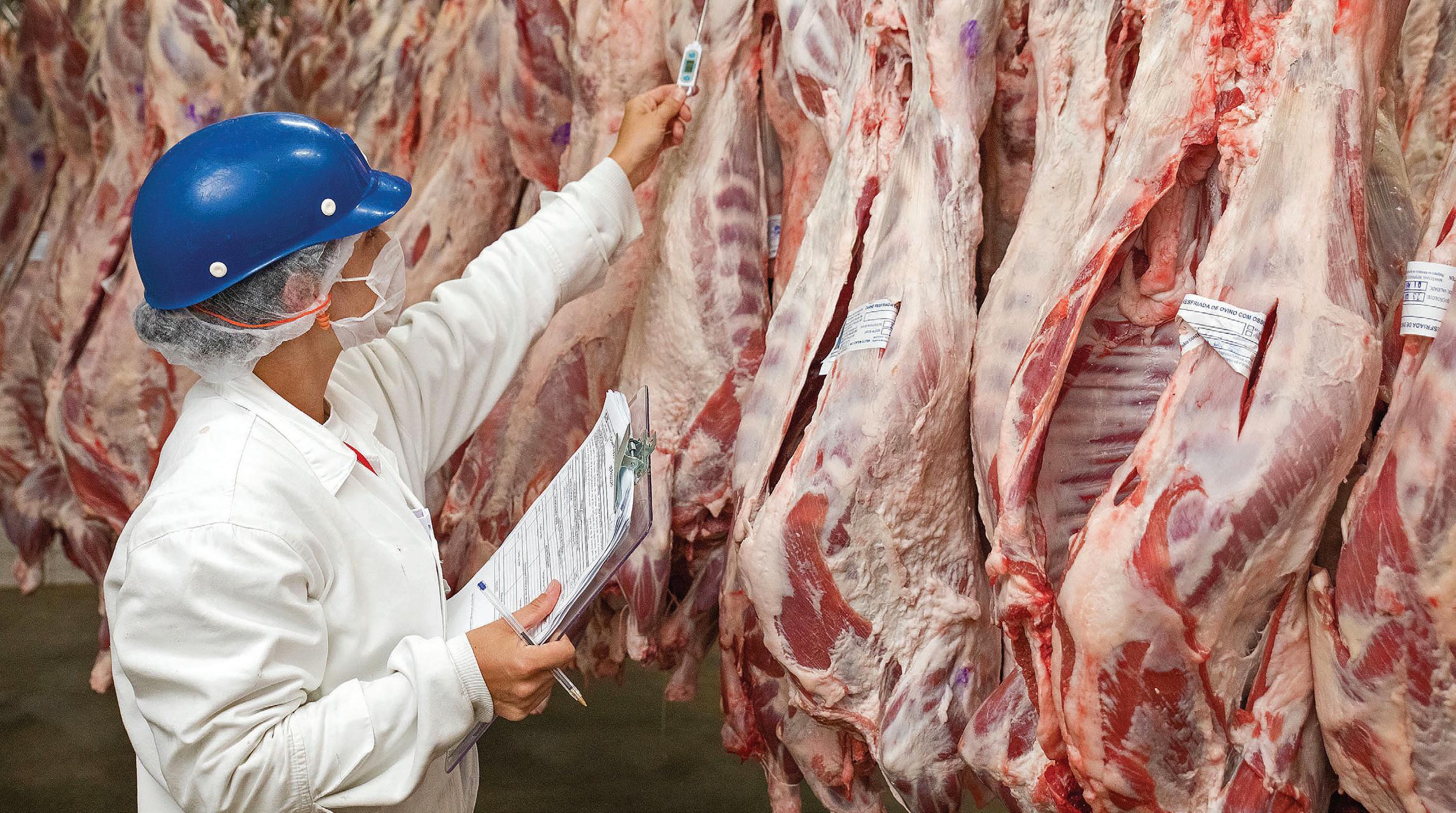
Validating ProfitSOURCE cattle with a research trial boosts confidence in our program. We know that program cattle perform better than commodity cattle, but this research compared ProfitSOURCE program cattle to our competitor’s program cattle and the results were exciting! Research trial set-up
To complete this research project we enlisted the help of a third party, and the data was collected by Caviness Packers and Texas Tech graduate students. We sourced ProfitSOURCE program calves and competitor program calves of the same age group that were raised on two dairies similar in geography and calf management practices. The ProfitSOURCE group genotyped as the expected set of Angus x Holstein crosses, while their counterparts consisted of Angus x Holstein, Sim-Angus x Holstein and Simmental x Holstein. The cattle were grown to six weights (6 wts) at the respective dairies prior to entering Hy-Plains Feedyard in Kansas. At Hy-Plains, the cattle were co-mingled and fed in the same pen for the entire 209-day feeding period. GrowSafe was used by the Hy-Plains team to collect individual feed intake data. The cattle were then sent to harvest at Caviness Packers in Hereford, Texas in the same load.
The ProfitSOURCE cattle both entered and left the feedlot heavier than the competitor cattle, with greater gain on the ProfitSOURCE cattle. While the ProfitSOURCE cattle consumed a small amount more than the competitor cattle, there was no statistical difference in feed efficiency.
On the rail, the ProfitSOURCE group showed their chops – with more pounds on the carcasses, the group also exceeded the competitor’s Marbling score by nearly 100 points. Interestingly, both sets of cattle were almost identical for adjusted Ribeye Area. While the competitors did fare better on Yield Grade due to a leanness advantage, the quality grade and carcass weight advantage of the ProfitSOURCE carcasses brought them out on top. When the carcass data was run through three different grids from three different packers, the ProfitSOURCE cattle were more profitable every time – the ProfitSOURCE group averaged around $200 per head more than the competitor group.
While this was a small trial, the results are encouraging and in line with the promising results collected on the commercial level thanks to ProfitSOURCE’s unique traceability and transparency standards. u
When research data was assessed on multiple packer grids, ProfitSOURCE carcasses brought an average $190 to $210 more per head than the competitor program cattle fed and harvested together in the trial. These extra dollars were due to the hot carcass weight and improved marbling quality.
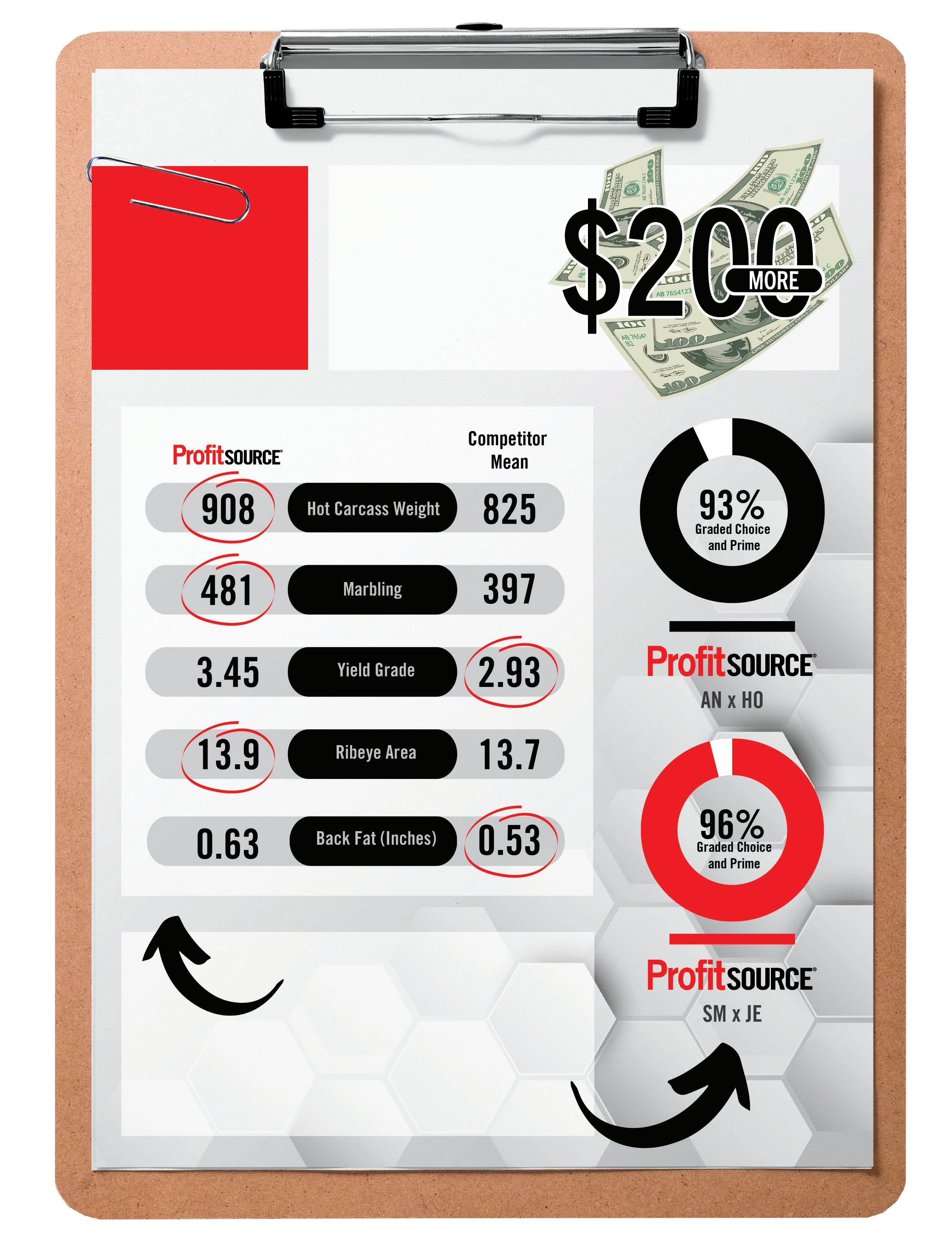
While the ProfitSOURCE cattle in this trial outcompeted the competitor, day-to-day commercial results perform even better!
In fact, months worth of data show that 93% of Angus x Holstein (AN x HO) and 96% of Simmental x Jersey (SM x JE) graded Choice and Prime. This can be compared to commodity cattle that only graded 85% Choice and Prime.
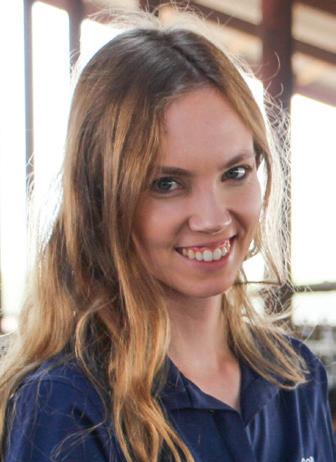
The right beginning makes all the difference! With every newborn calf comes the hope and promise of improved genetics and increased profitability. In fact, the lifetime productivity of each cow is keenly tied to her calfhood health and environment. Calves that thrive, meet and exceed growth and development benchmarks and resist disease will mature to be the best lactating cows and achieve your herd’s longevity goals.
While environment, nutrition and on-farm protocols are critical to a successful calf rearing program, genetics are the foundation. By utilizing Zoetis’s Calf Wellness Index™ (CW$™), producers can select for genetics that improve calf survivability and reduce their likelihood of becoming ill due to scours and respiratory disease. The table below shows data for calves born over a 12-month period at Rosy Lane Holsteins in Watertown, Wisconsin. When separating the top and bottom quartiles based on CW$ values, there is a significant difference in calf health events. The top 25% of calves experienced nearly half the cases of scours compared to the bottom 25%.
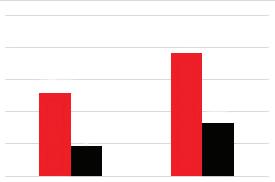
Rosy Lane Holsteins progressively tracks cases of calfhood pneumonia via the use of ultrasound. Calves scoring a two or higher are recorded as a pneumonia case, which identifies calves with both clinical and subclinical pneumonia. Again, when comparing the upper and lower quartiles, a significant decrease in pneumonia cases – roughly 32% fewer – is observed in the upper quartile.

Zoetis’ CW$ combines evaluations for calf respiratory disease and scours to directly estimate the additional dollars these traits contribute to overall profitability. The table to the right shows the number of records, incidence rate and heritability for calf wellness traits.
While calf wellness traits have a lower heritability than production or type traits, genetic improvement is evident as seen at Rosy Lane Holsteins and herds throughout the U.S. The more optimal the calfhood environment the higher the likelihood of gene expression for calf livability. Understanding the evaluations and gene expression is the first step to incorporating calf wellness into your selection index. Genetics are never “one size fits all” and it’s important to keep your herd’s metrics and overall goals in mind. If pneumonia isn’t a challenge for your calves but scours are detrimental, then be strategic and target the traits that will deliver the most improvement. If you require all-around improvement in calfhood health, then leverage the complete CW$ index.
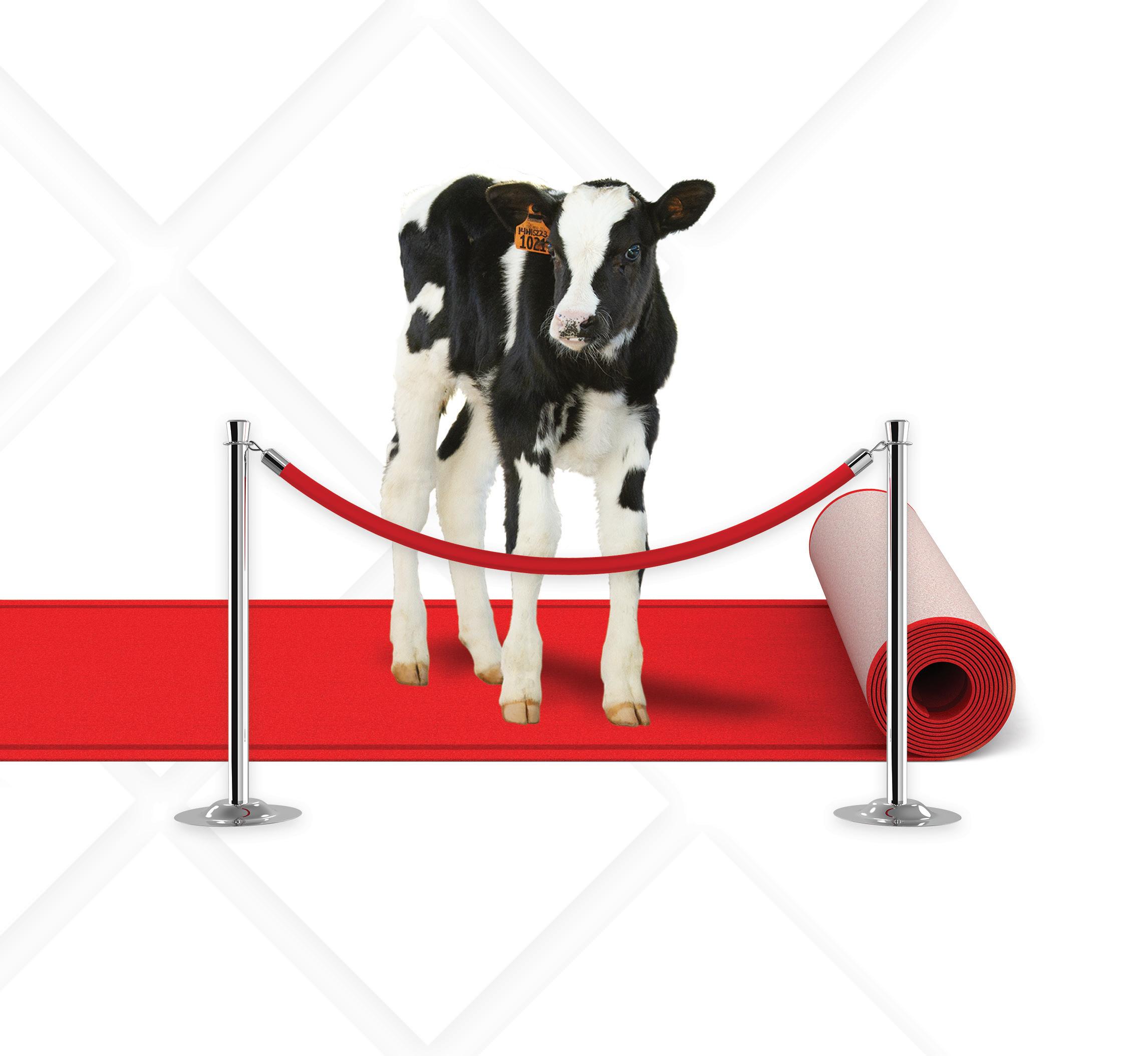
Reach out to your local Select Sires representative to evaluate your calf rearing program. Environment, nutrition, protocols, and genetics each play a critical role in calf wellness and ultimately cow productivity. u
If your strategy includes fewer replacements, calf health is more important than ever! Select Sires’ research shows that U.S. dairies experience anywhere from 4-30% calf loss. With less replacements, heifer non-completion rates play a critical role in profitability. Include calf health and fitness traits in your selection index to protect those VIPs, boost survival rates and breed healthier, more robust calves that mature into productive cows.
To enhance the productivity and profitability of dairy and beef producers, Select Sires is committed to be the premier provider of highly fertile, superior genetics accompanied by effective reproductive- and herdmanagement products and services
For more information, visit www.selectsires.com or call (614) 873-4683.
Herd Health Profit Dollars and HHP$ are trademarks of Select Sires Inc. Calf Wellness Index and CW$ are trademarks of Zoetis Inc., its affiliates and/or its licensors. ®NxGEN, ProfitSOURCE, Mastitis ResistantPRO and Your Success Our Passion. are registered trademarks of Select Sires Inc. Dairy Wellness Profit Index, DWP$ and CLARIFIDE are registered trademarks of Zoetis Inc., its affiliates and/or its licensors. CowManager is a registered trademark of Agis Automatisering. Total Performance Index (TPI) is a registered trademark of Holstein Association USA. 04/23 CDCB/HAUSA Genomic Evaluations. All bulls listed in this issue qualify for semen export to Canada. Photo support by Farmgirl Photography and Herdmark Media.
7 = Select Sires, 14 = Accelerated Genetics, 250 = GenerVations
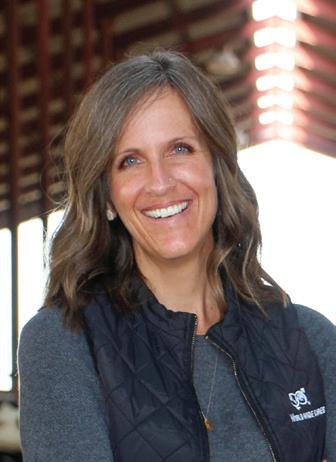
What if labor continues to be a challenge? What if your longest tenured employee retires and you can’t find a replacement? What if labor regulations further restrict working hours for agricultural employees?
While it’s easy to become frustrated by the things outside of our control and reminisce about the “good old days,” this won’t change our business for the better. Let’s focus instead on discovering sustainable solutions for aligning the right people with the most important functions of your operation.
After the initial challenge of finding people who consistently show up for work, the next is finding people with cow sense. That skill is difficult to train and takes years to develop – years that we do not have when filling a vacant position. Fortunately, CowManager® has been developed to mimic that coveted cow sense and the technology effectively identifies sick animals well before all but the best cow people. CowManager reduces the burden of identifying animals with health concerns, allowing employees to focus on learning protocols for treatment. Early detection of problem animals minimizes the level of intervention required, therefore reducing antibiotic use, lost revenue and labor. CowManager can also simplify your reproduction program, eliminating the need to walk and chalk and reducing dependence on synch programs, which are also labor intensive and require extreme attention to detail.
In the long term, genetically selecting animals that are healthy and require minimal intervention is an excellent way to reduce labor. We need to change the old 80:20 rule and minimize the percentage of the herd
that drains labor resources. We can start by using genomic testing to identify animals who have a low probability of being successful in the herd. Next, spend some time figuring out the traits that characterize “problem cows” in your herd. If mastitis is a drain on your resources, consider selecting sires that carry the Mastitis ResistantPRO® designation and both males and females that excel for the Herd Health Profit Dollars™ index (HHP$™). HHP$ provides 3-5 times the selection pressure for mastitis resistance compared to TPI® and NM$. If your herd struggles with lameness or calf health, consider including Zoetis Lameness Resistance or the Calf Wellness Index™ (CW$™) in addition to HHP$.
Be prepared for the “What if?” and take action today. CowManager can provide your herd with a more immediate solution to labor challenges and can create valuable opportunities for your employees to grow in other areas of great cow management. While genetics are a more long-term solution, healthy cows deliver immense benefits to your herd’s longevity and your profit potential. u